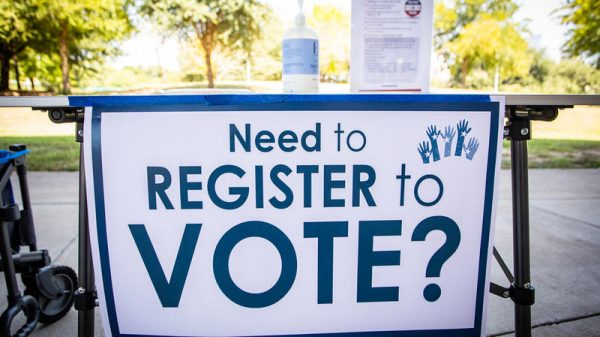As negotiations over the debt limit enter the final stage, major overhauls to means-tested federal benefit programs seem unlikely.
However, President Joe Biden has expressed openness to smaller adjustments, which could involve tightening work requirements for families receiving cash assistance under the previously known “welfare” program.

TANF provides grants to states to support low-income recipients with monthly payments and other essential services. (Photo: Top4u)
Potential Changes to TANF Requirements
This move could provide a policy win for the GOP and facilitate an agreement to raise the nation’s borrowing cap, avoiding the potential economic and financial catastrophe warned by Treasury Secretary Janet L. Yellen.
The House GOP debt limit bill aims to address what Republicans perceive as “loopholes” in the Temporary Assistance for Needy Families (TANF) program. TANF provides grants to states to support low-income recipients with monthly payments and other essential services.
Proponents argue that the proposed changes will incentivize states to move more individuals into the workforce, enabling them to earn higher incomes and better support their families compared to the meager cash assistance provided.
Critics, on the other hand, express concerns that these changes could result in reduced support for those who are most in need but unable to work due to various circumstances.
According to Roll Call, TANF’s largest program component is cash assistance to financially needy families with children or pregnant mothers. States are required to contribute to the program’s funding. In fiscal year 2021, the TANF block grant provided $16.5 billion, while states were mandated to contribute $10.6 billion.
READ ALSO: Americans To Receive $500 Monthly Guaranteed Payment – See Who Qualifies
Existing Rules in TANF Requirements
Existing rules already include work requirements. The statute requires that 50 percent of families receiving assistance engage in a work activity for at least 30 hours per week, or 20 hours per week for a single parent with a child under the age of 6.
States risk losing a portion of the block grant if they fail to meet this standard.
However, few states have been required to meet the 50 percent work requirement because they can lower the mandated percentage by either reducing the caseload compared to 2005 levels or spending more state funds on the program, as outlined by the Congressional Research Service.
According to the House GOP proposal’s summary, only six states had to comply with the 50 percent requirement in 2021, while 34 states utilized credits to reduce the work requirement to zero. The CRS report states that these credits allowed states to meet their work participation standard despite having no families engaged in work or activities.
The GOP legislation seeks to reset the baseline for calculating caseload reductions from 2005 to 2022. During this period, the number of families receiving benefits decreased by over 50 percent, from approximately 2.1 million to less than 1 million, based on data from the Department of Health and Human Services.
Consequently, under the House bill, states would have minimal or no credits available to reduce the number of recipients required to work.
The objective of these changes, according to Matt Weidinger, a senior fellow at the right-leaning American Enterprise Institute, is to revive the work participation requirement and expect states to engage half of their caseload in activities.
To comply with the new proposal, states would need to move more recipients into work activities, including subsidized and unsubsidized employment, job search assistance, community service, and vocational education.
The rules governing the number of hours of work vary based on the age of children and impose limitations on the duration of certain activities.
READ ALSO: Gallup Poll Shows Most Americans Are Unhappy With Income Tax Payments As Refunds Shrink




![Tyson Foods Plant [Photo: Food Manufacturing]](https://southarkansassun.com/wp-content/uploads/2023/08/iStock_1185520857__1_.5e441daa51cca-600x337.jpg)








![Silverado Senior Living Management Inc. [Photo: Los Angeles Times]](https://southarkansassun.com/wp-content/uploads/2023/10/download-6-4-600x337.jpg)

![China's Wuhan Institute of Virology [Photo: Nature]](https://southarkansassun.com/wp-content/uploads/2023/09/d41586-021-01529-3_19239608-600x337.jpg)















